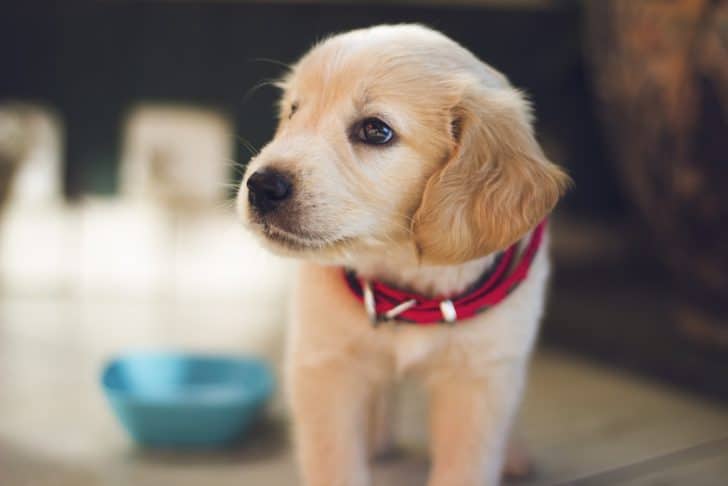While they won’t be solving complex equations anytime soon, cats possess a skill known as quantity discrimination, allowing them to differentiate between different amounts. This ability is crucial in their natural environment, where they must assess between more or less food and the presence of fewer predators.

The accuracy of their judgments depends on the proportions of the items being compared. It’s easier for them to distinguish between one item and ten items than between eight items and ten items. Interestingly, this pattern holds true not just for cats but also for humans and other animals studied in similar contexts.
But let’s refocus on cats—because, let’s be honest, their cuteness and math prowess are more captivating than ours right now.

So, how do we know cats possess mathematical abilities? A study conducted in May 2023 delved into the developmental aspect of this skill, examining whether seven-week-old kittens already possess it.
The findings, drawn from two experiments, affirm that even young kittens exhibit rudimentary mathematical capabilities, albeit not enough to assist with your tax returns or algebra homework.

In the initial experiment, 26 kittens were presented with a choice between two trays containing varying quantities of food, ranging from three versus four pieces to one versus nine pieces. Each kitten underwent 12 trials, each with different ratios of food. Remarkably, 25 out of 26 kittens consistently selected the tray with the larger quantity more frequently than would be expected by chance alone.
Gender did not influence performance, as both male and female kittens exhibited similar proficiency in the task. Notably, when the ratio between the two quantities was less than 0.4, the cats reliably favored the tray with the greater number of food items. However, as the ratio decreased, their choices became more unpredictable.
